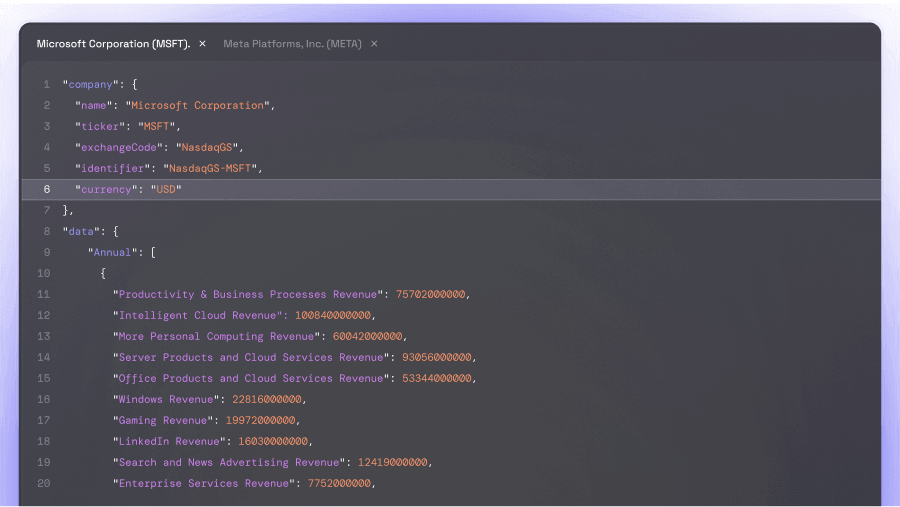What is Shiden Network?
Shiden Network (SDN) is a pioneering multi-chain decentralized application layer on the Kusama Network. While Kusama's Relaychain is intentionally designed without smart contract functionality, Shiden addresses this critical gap. It supports Ethereum Virtual Machine (EVM), WebAssembly, and Layer2 solutions from the outset, making it a versatile platform for various applications, including DeFi and NFTs. By integrating with Kusama, the platform leverages Kusama's robust infrastructure while providing a specialized environment for decentralized applications. Shiden Network is often described as the "canary network for the future of smart contracts," emphasizing its role in testing and refining innovations before deployment on more stable networks. The utility token of Shiden, SDN, is essential within the ecosystem, facilitating transactions, governance, and staking. The network's strong community presence on platforms like Twitter and Discord underscores its active and engaged user base. Shiden Network supports multiple blockchain protocols, ensuring interoperability and scalability, which are crucial for the evolving landscape of decentralized applications. Its support for EVM and WebAssembly allows developers to deploy a wide array of smart contracts, enhancing the platform's flexibility and utility. Beyond its technical capabilities, Shiden Network's focus on Layer2 solutions addresses scalability issues, making it a forward-thinking choice for developers and users. The network’s emphasis on multi-chain compatibility ensures its adaptability and relevance within the rapidly changing blockchain environment.














